The GARDEN DISTRICT of NEW ORLEANS


The GARDEN DISTRICT of NEW ORLEANS
Jim Fraiser  Photography by West Freeman
Photography by West Freeman

www.upress.state.ms.us
The University Press of Mississippi is a member
of the Association of American University Presses.
Designed by Todd Lape
Copyright 2012 by University Press of Mississippi
Text by Jim Fraiser
Photographs by West Freeman
All photographs are by West Freeman
unless otherwise noted.
All rights reserved
Printed in China by Everbest through
Four Colour Imports, Ltd., Louisville, Kentucky
First printing 2012

British Library Cataloging-in-Publication Data available
Library of Congress Cataloging-in-Publication Data
Fraiser, Jim, 1954
The Garden District of New Orleans / Jim Fraiser ; photography by West Freeman.
p. cm.
Includes bibliographical references and index.
ISBN 978-1-934110-68-3 (cloth : alk. paper) ISBN 978-1-61703-278-3 (ebook) 1. Architecture, DomesticLouisianaNew OrleansPictorial works. 2. Garden District (New Orleans, La.)Buildings, structures, etc. Pictorial works. 3. Garden District (New Orleans, La.)HistoryPictorial works. 4. Historic buildingsLouisianaNew OrleansPictorial works. 5. New Orleans (La.)Buildings, structures, etc.Pictorial works. 6. New Orleans (La.)HistoryPictorial works. I. Freeman, West. II. Title.
NA7238.N5F73 2012
720.976335dc23 2011039284
To my wife, Carole, daughters, Lucy and Mary Adelyn,
and son, Paul, with whom I have spent so many enjoyable
moments in New Orleanss magnificent Garden District.
JIM FRAISER
To my loving wife, Aimee, and my four amazing children:
Alexandra, Andrew, Ella, and Scott. We have had such wonderful
times in the Garden District, especially on Philip and Camp!
WEST FREEMAN
CONTENTS
Prologue
THE CREOLE/AMERICAN GUMBO BOILS OVER

Chapter One
THE FIRST AMERICAN SUBURBS

Chapter Two
THE 1850s GARDEN DISTRICT

Chapter Three
THE 1860s GARDEN DISTRICT

Chapter Four
THE GARDEN DISTRICT IN A GILDED AGE
Chapter Five
A GARDEN DISTRICT IN THE MODERN AGE
PREFACE
[Nineteenth-century New Orleans] kept visiting authors, poets, artists and correspondents for the eastern magazines enthralled. Strangely, these distinguished [northeastern] writers... proceeded to turn out bales of copy about New Orleans but with only side references to the Garden District. Passing mention was made of the luxury and beauty of the homes of this area, but the French Quarter was the subject of all the sketches and engraved illustrations.
Martha Ann Brett Samuel and Ray Samuel,The Great Days of the Garden District and the Old City of Lafayette, 1978
THE FAIR-HAIRED STEPCHILD
Two literary lights of New Orleanss first rural suburb, Grace King and George Washington Cable, spent much of their careers writing about their citys remarkable, flamboyant Creoles. But the vast majority of Kings and Cables Garden District neighbors were not Creoles, and few of their homes were of Creole-style architecture. Most of the two writers neighbors were of Anglo-Saxon pedigree, not Creole. They were typically Yankees rather than New Orleansborn, Whigs (future Republicans) instead of Democrats, and Protestants as opposed to Catholics. Suffice it to say, they were far fonder of cash and capital than of moonlight and magnolias.
This may explain why thousands of books (including one of mine) have been penned about the French Quarter, while a mere handful have focused upon the Garden District of New Orleans. It may also explain why so many French Quarter structures are household names and are individually noted by the National Register of Historic Places, while few people can call the names of the equally majestic and historic structures in a district that didnt even land on the register until 1972.
But this august district, laid out in the 1830s two miles upriver from the Creole-dominated French Quarter, settled in the 1840s a half mile north of the Mississippi River, and composed of sixty-six blocks bounded by Jackson Avenue, St. Charles Avenue, Magazine Street, and Louisiana Avenue, has a unique history, culture, and architecture equal to that of any other Deep South locale.
But we will discuss that in due time.
A WORD OR TWO ABOUT OUR METHODS
This I regard as historys highest function, to let no worthy action be uncommemorated, and to hold out the reprobation of posterity as a terror to evil words and deeds.
Tacitus
Statesman, lawyer, author, and historian in ancient Rome
People have always approached history and historians differently. Roman senator and author Marcus Tullius Cicero declared that the first law of history is to write the truth, while French philosopher and satirist Voltaire opined that history consists of accumulated imaginative invention. As a popular, rather than a scholarly, historian, I approach the process with one thought in mind. As related in Conversations with Walker Percy, my favorite Mississippi/Louisiana author, Walker Percy, said, A novelist should be concerned with what is the case in the world, the facts, the richness, the intricacy and variety of the way things are. If we substitute historian for novelist, and what was the case for what is the case, and were for are, we have the raison detre of the popular historian.
Popular, when attached to historian, is not generally a compliment when uttered in modern academic circles. But had the phrase existed in the second century a.d., it would have been wholeheartedly embraced by such classical world literary giants and purveyors of the art as Suetonius and Plutarch. Modern-day accolades are usually reserved for the popular historians counterpart, the modern-day scholarly historian (e.g., Joseph Ellis, Jr., or James McPherson), who sifts through original source manuscripts, letters, and legal documents to uncover the hardcore facts of history. While this is probably as it should be, popular historians such as Shelby Foote, Thomas Cahill, Barbara Tuchman, and David McCullough also make significant contributions to the historical corpus, as do former scholarly-turned-popular historians such as Simon Schama and Victor Davis Hanson, whose careers and writing talents shifted them away from penning papers for fellow scholars to offering books accessible to the general public. Even so, all historians, regardless of the variety, understand that, as Mr. Cahill wrote in Sailing the Wine-Dark Sea, their principal task should be to raise the dead to life.
Next page

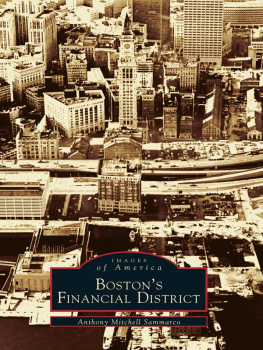
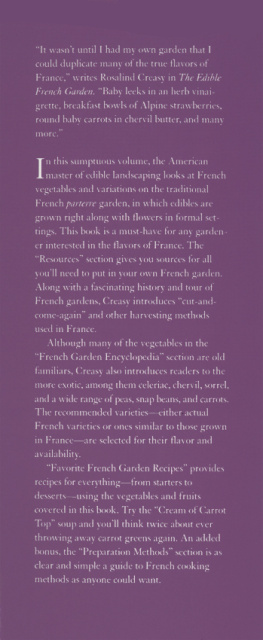
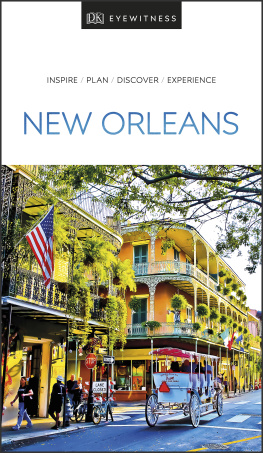
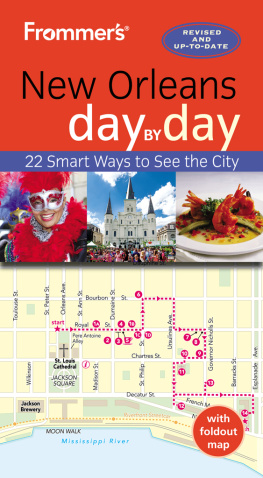
![Schwam - Frommers New Orleans [2011]](/uploads/posts/book/250009/thumbs/schwam-frommer-s-new-orleans-2011.jpg)
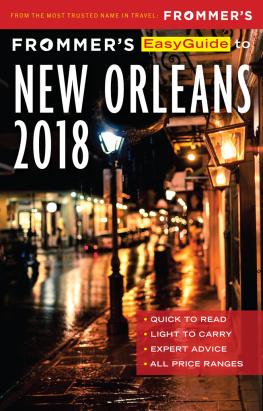



 Photography by West Freeman
Photography by West Freeman
